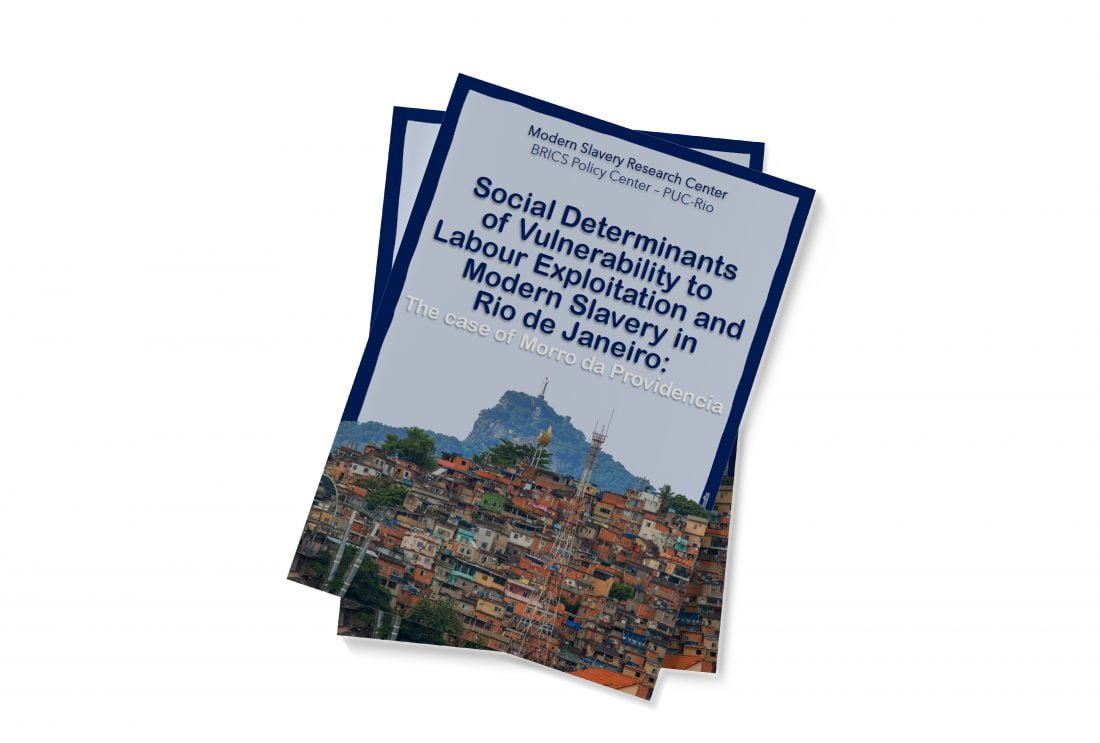
Social Determinants of Vulnerability to Labour Exploitation and Modern Slavery in Rio de Janeiro: The case of Morro da Providencia
In the report, public policy, historical aspects, culture, and socioeconomic indicators helped to unveil what is behind the “dominant discourse of the problem of the favelas in Rio de Janeiro”. The analysis of the structural and conjunctural factors framed the discussion on the social determinants of vulnerability to labor exploitation and modern slavery in the Morro da Providencia, the first favela of the city of Rio de Janeiro. However much has been learned in the last months of immersion in numbers, interviews, visits and talks to leaderships and residents of the Morro da Providencia, posing some challenges that arose from the research process:
- What are the social determinants of vulnerability to slavery and labor exploitation amongst the residents of favelas in the city of Rio de Janeiro?
- Why there are no rescued workers from modern slavery amongst the Morro da Providencia’s residents?
- Are there any social determinants relevant to prevent modern slavery that can be perceived in the Morro da Providencia?
Given the design of the investigation and the fact that it is still a work in progress, the answers are more reflections on venues to be developed in further investigation and research
- A – in fact, there is no direct/necessary connection between favelas and modern slavery, particularly from the Brazilian antislavery laws concept, ordinances, and public policies and
- B – the study has not been able to apprehend and precisely highlight slavery in this favela so far.
This report stresses an intersectional analysis to explore the social determinants of vulnerability to labour exploitation and modern slavery in the city and urban sites. Gender, race, state, migration, stigma, work, poverty and COVID 19 alone may not say much but combined with the voice of all stakeholders, including the favelados, open venues to urgent changes. Finally, this report, albeit modestly, aimed to arouse the interest of academic researchers and “cariocas” from the wealthiest quarters, suburbs and favelas to the main characteristics of this city and peoples, transforming what was historically considered a problem to, in contrast, a solution.


